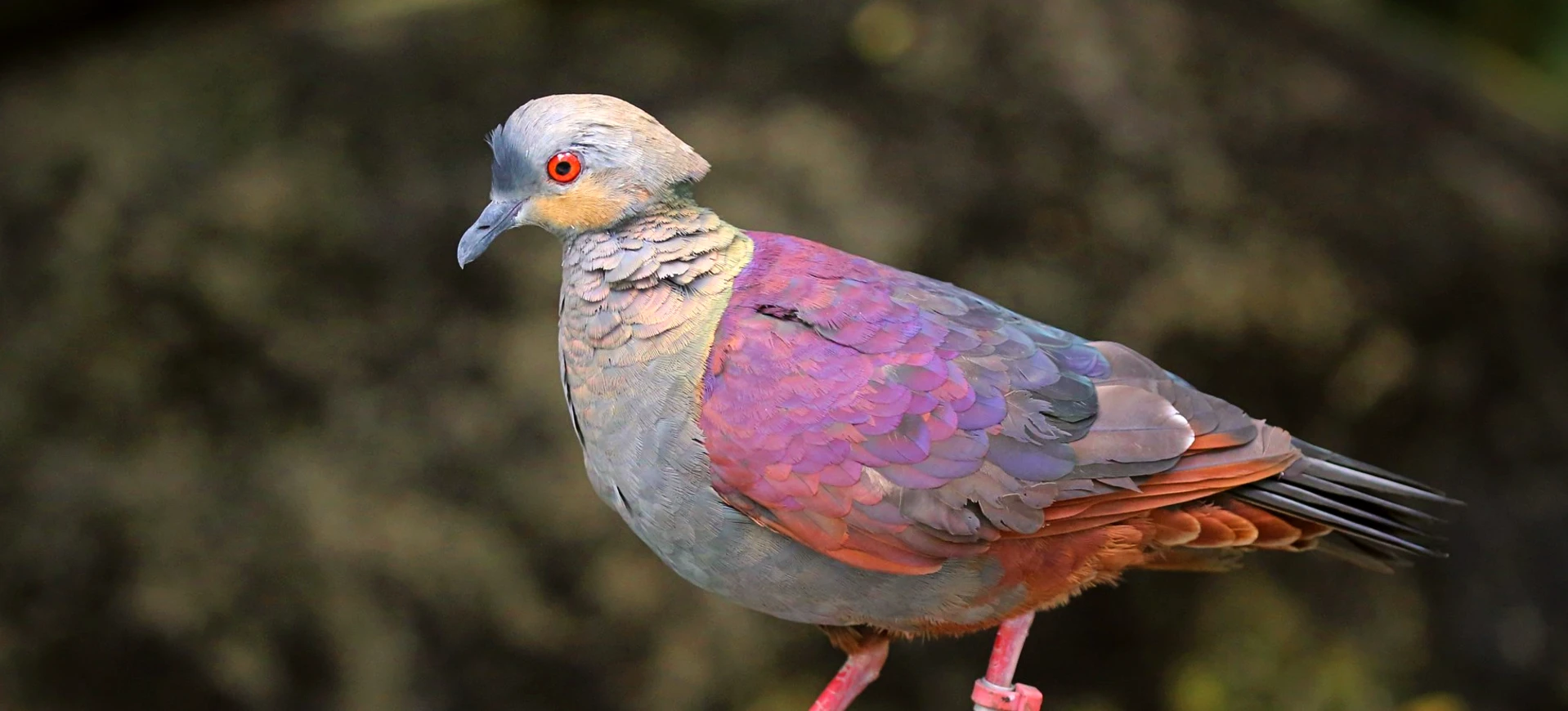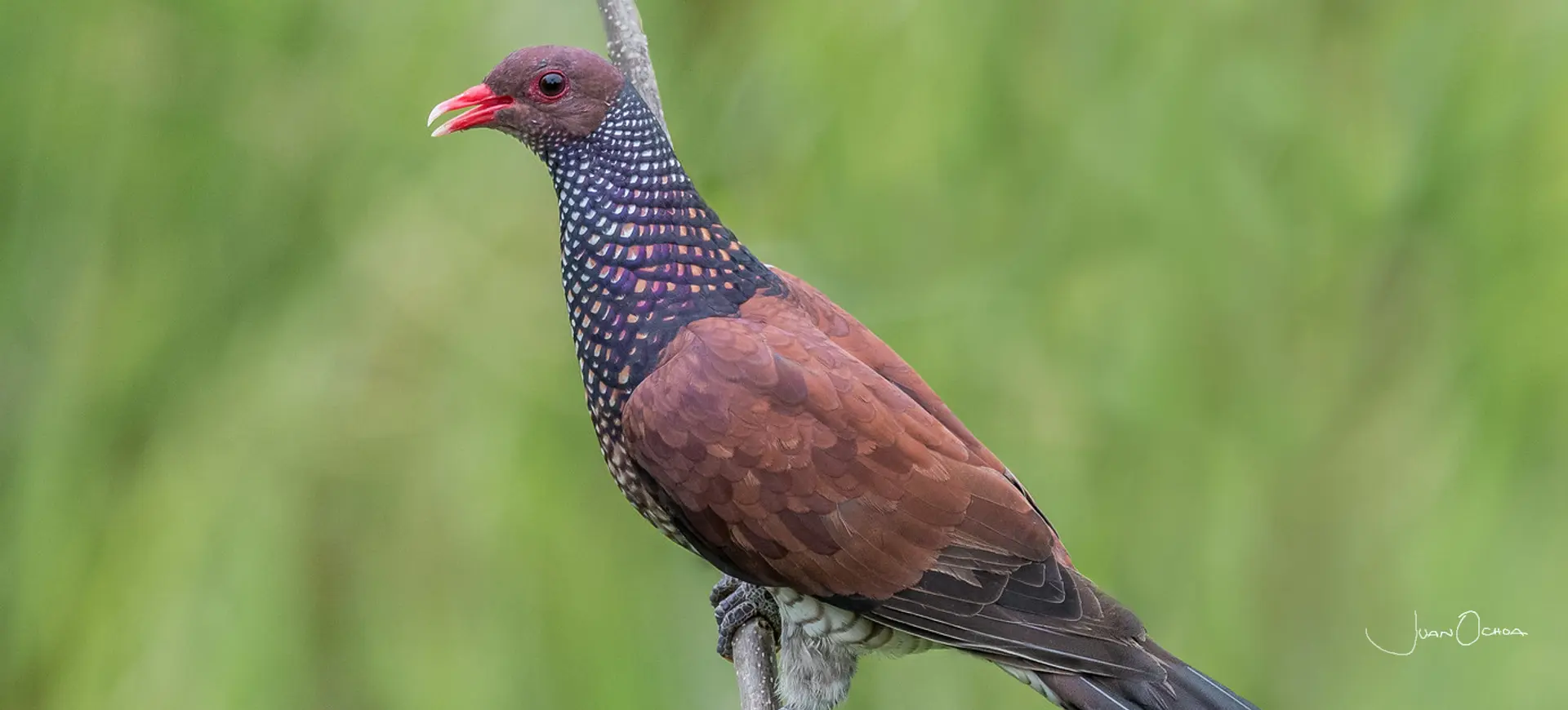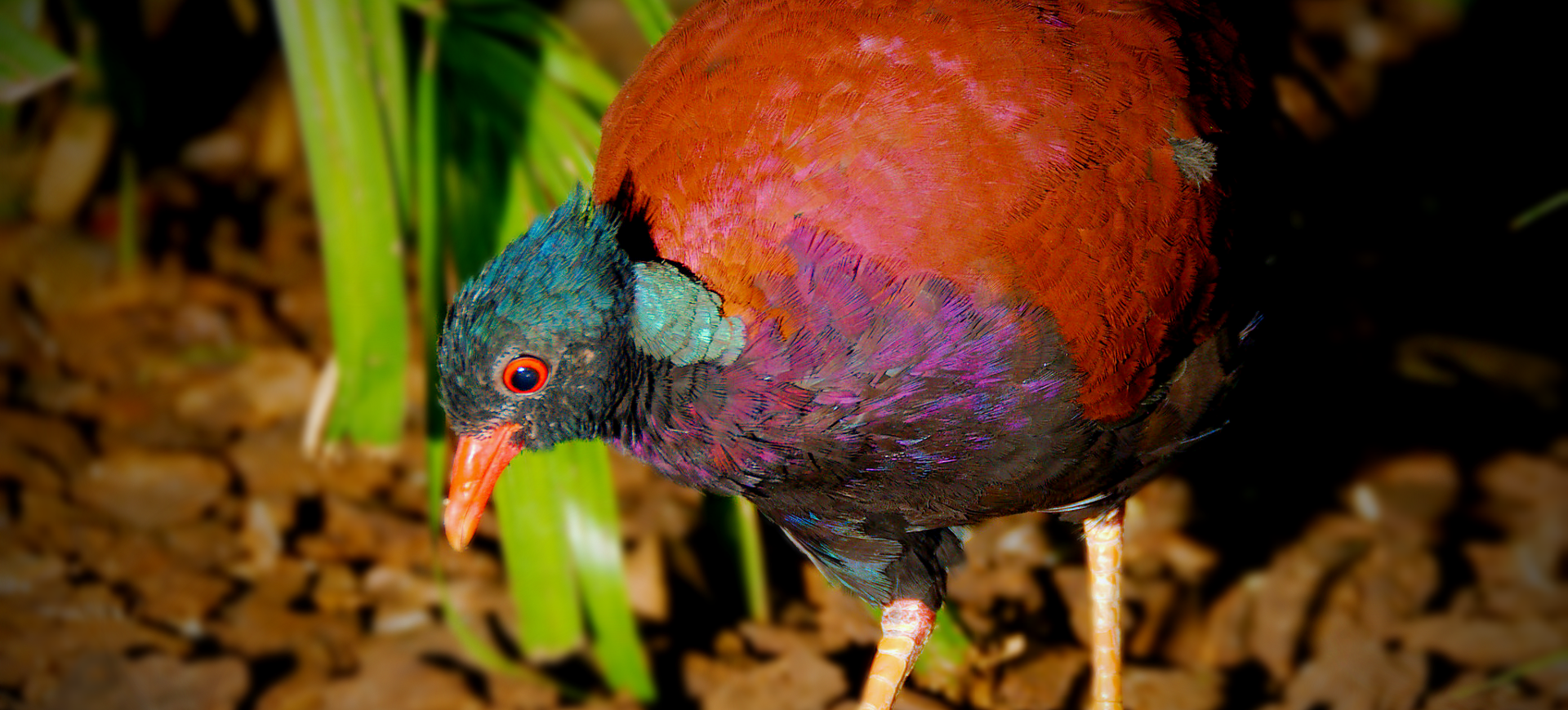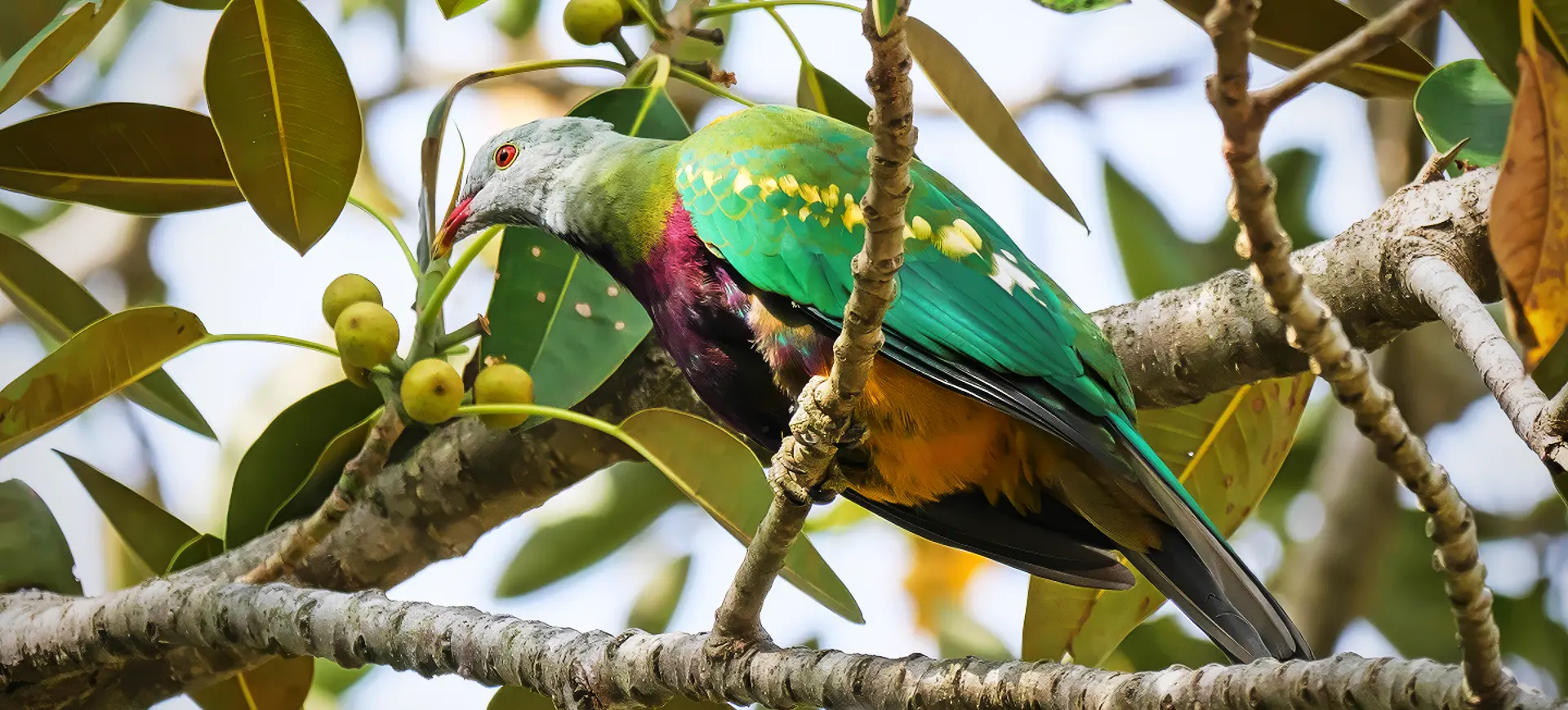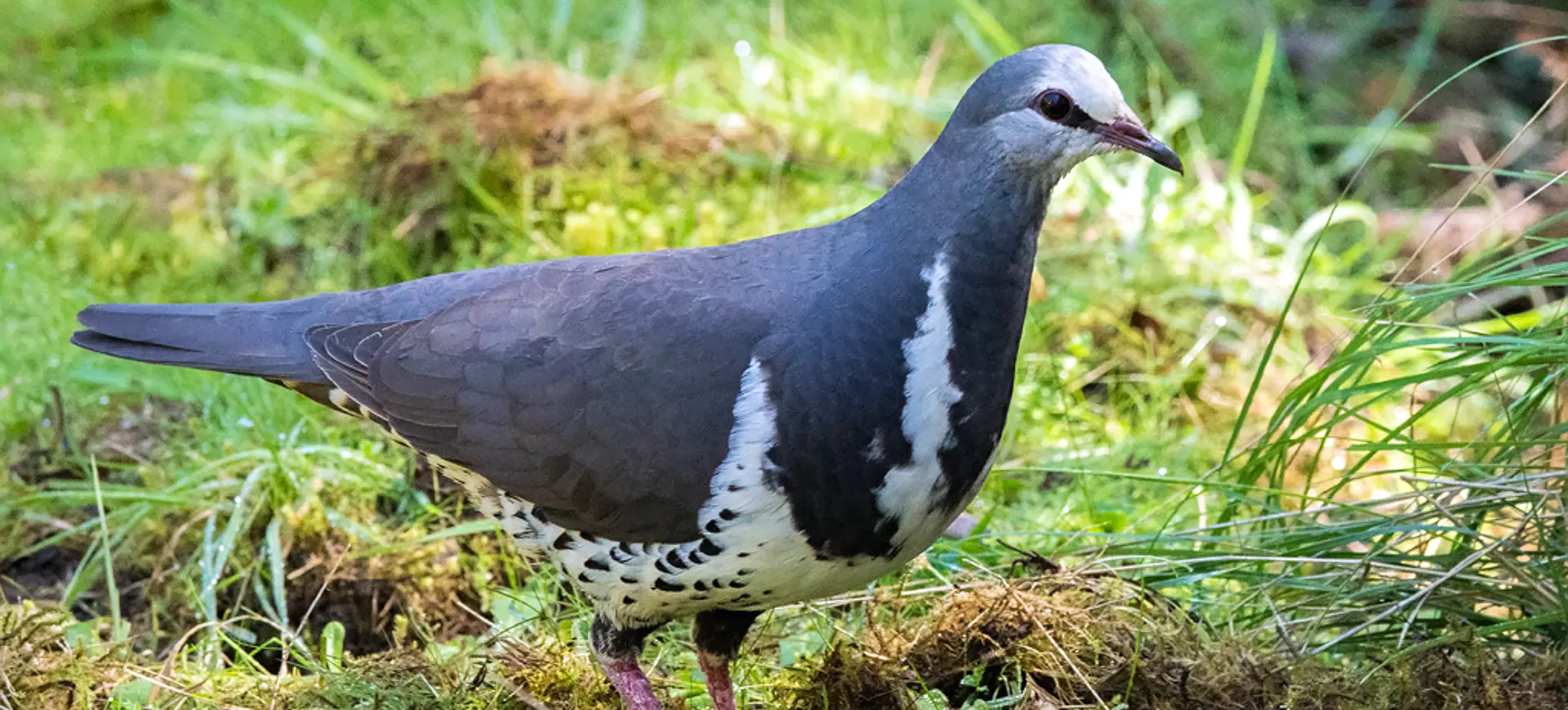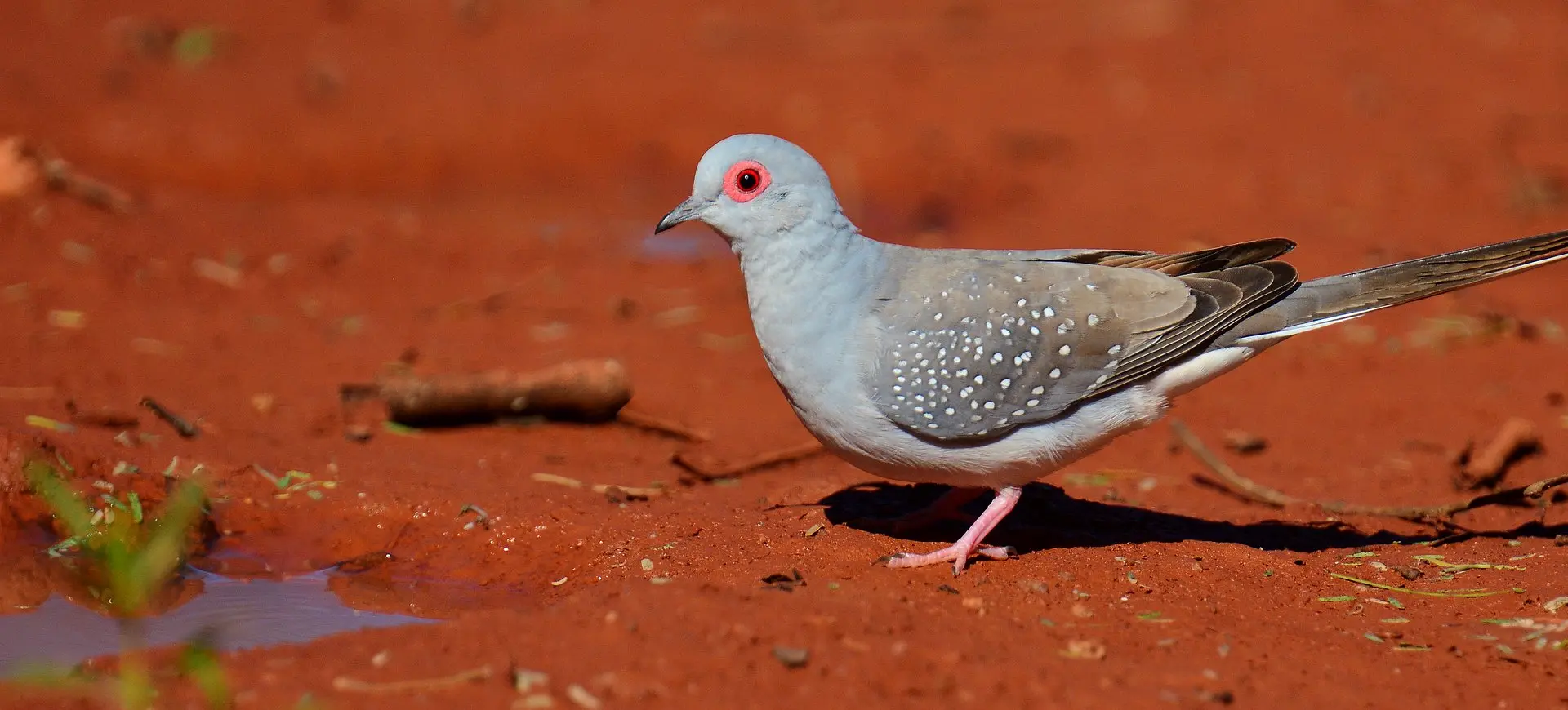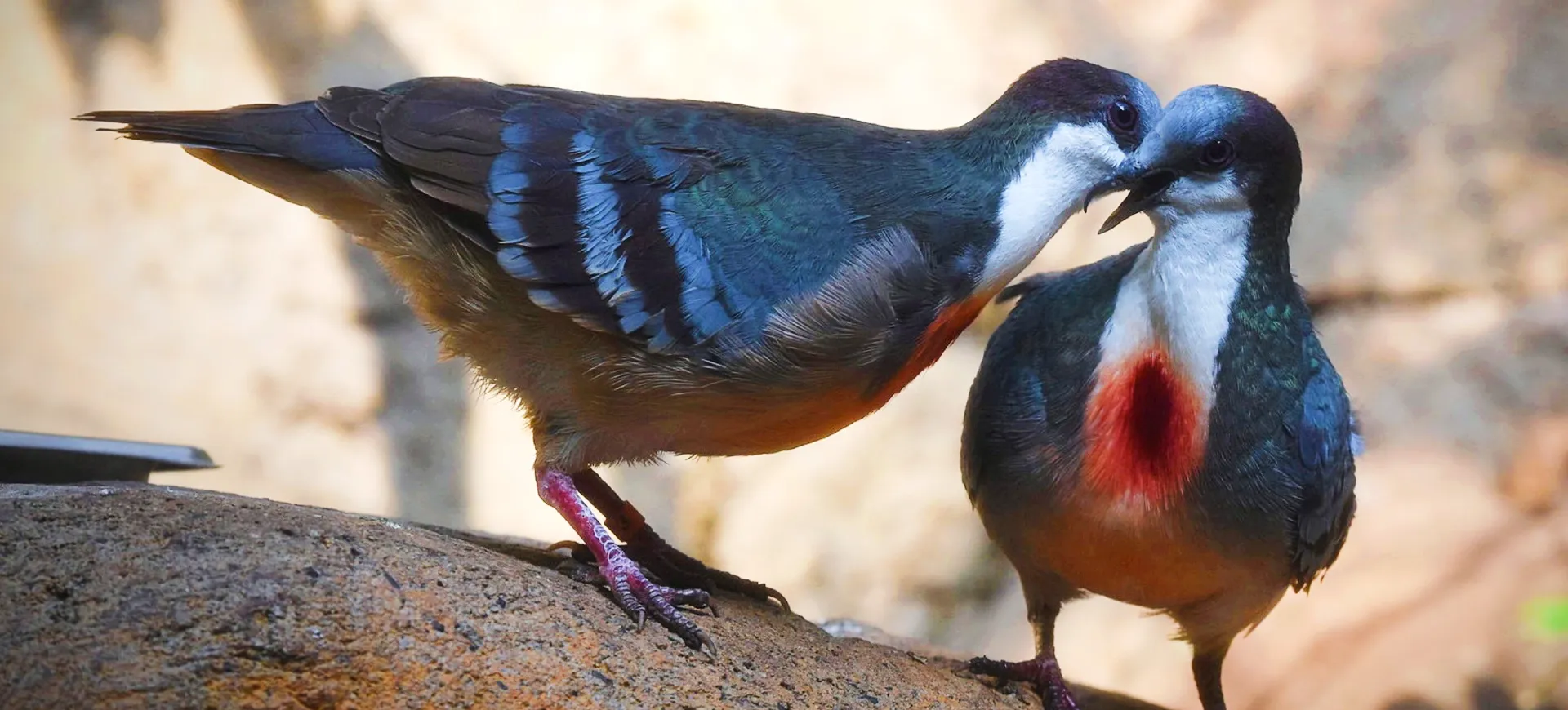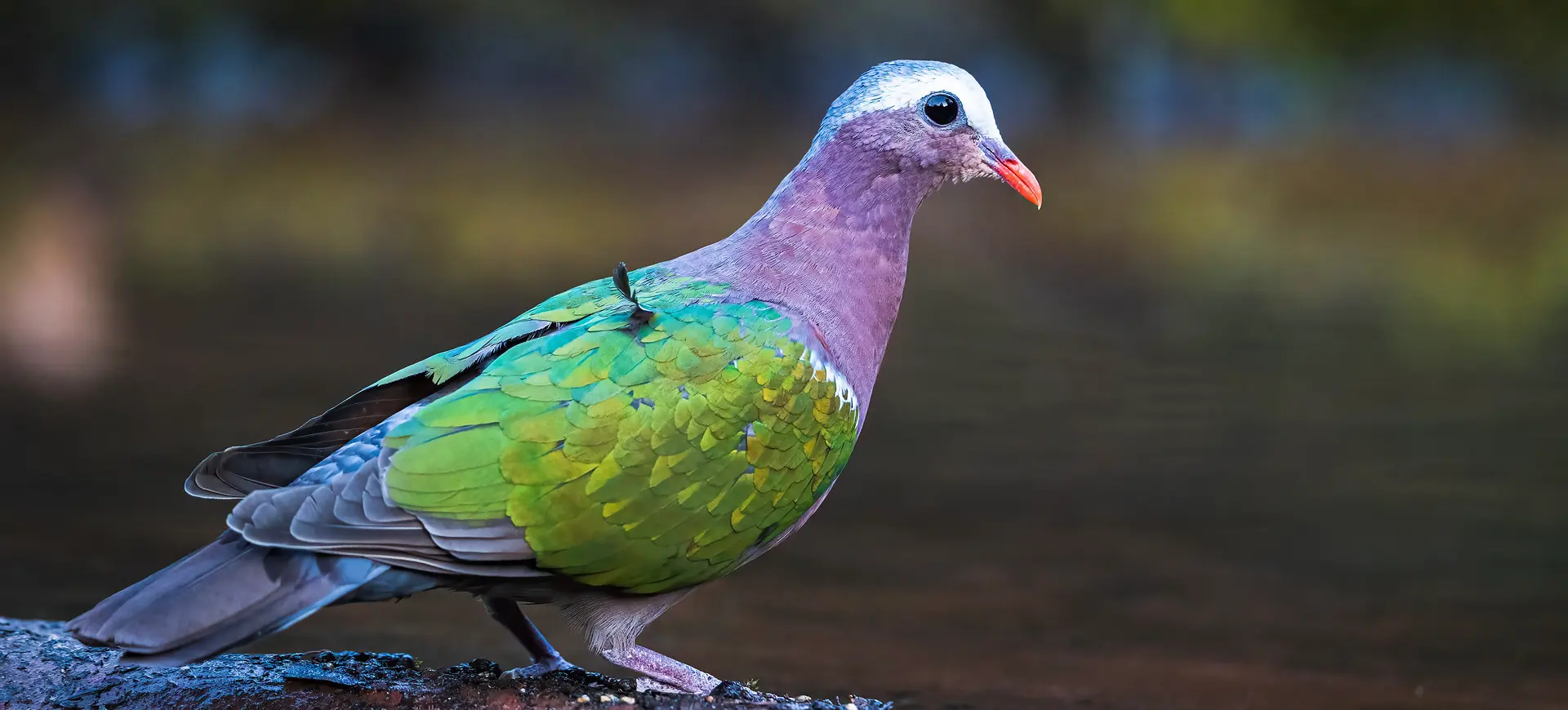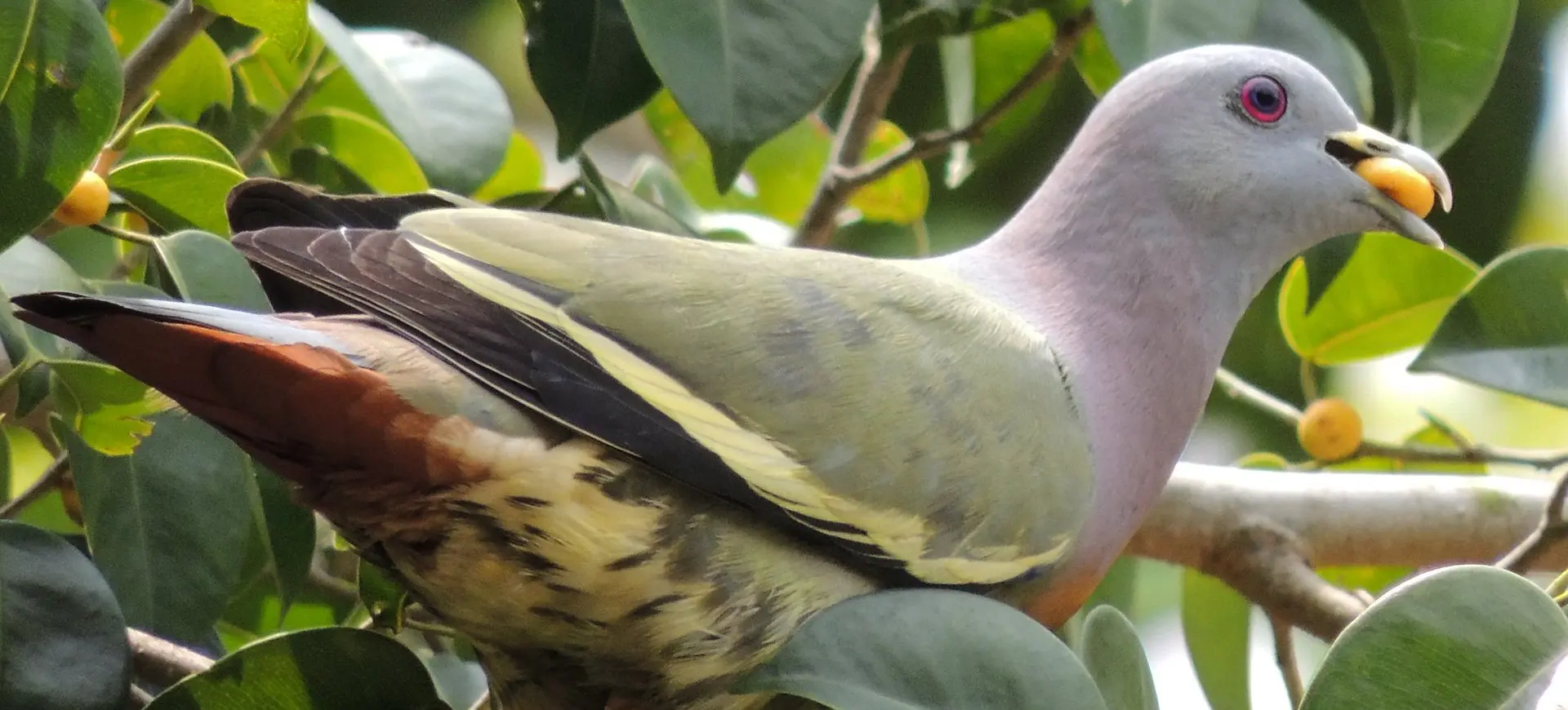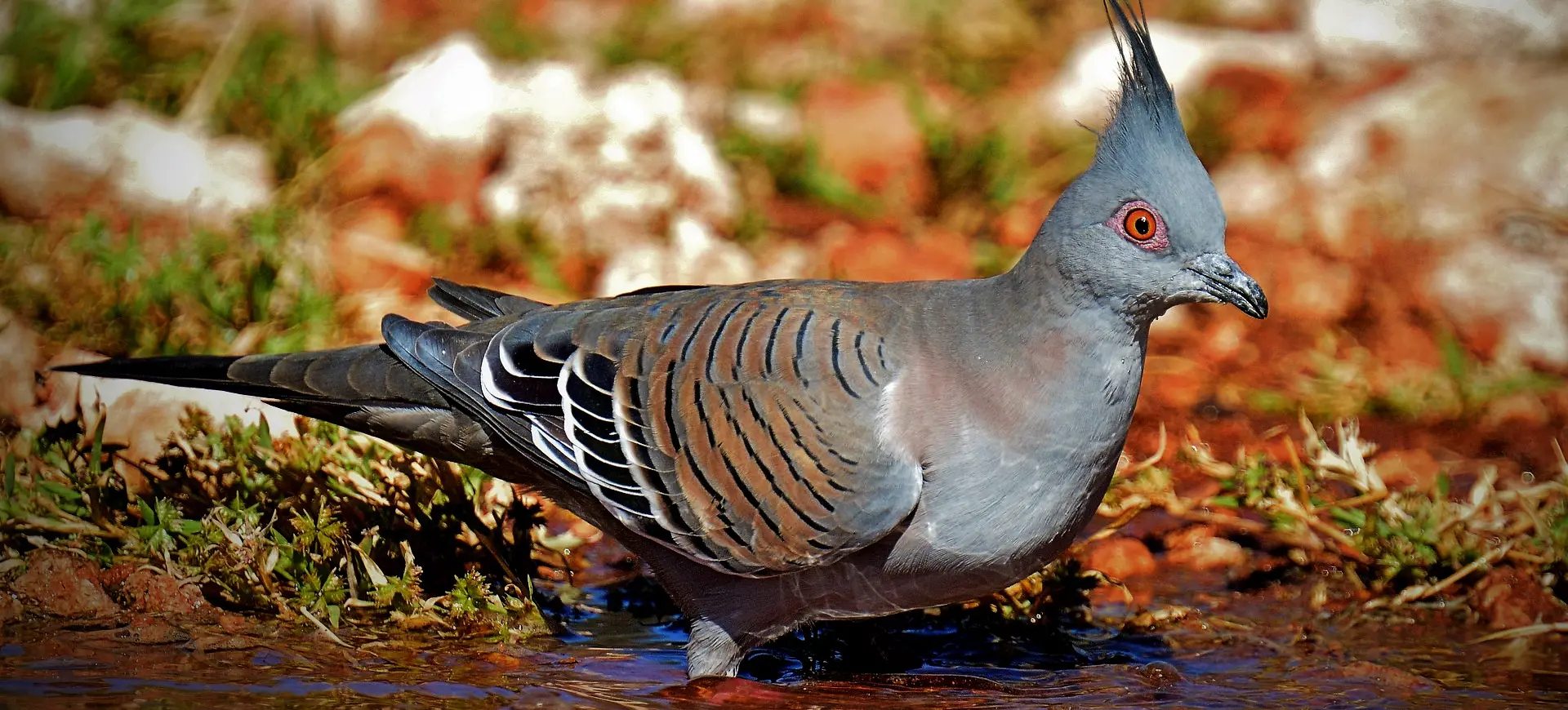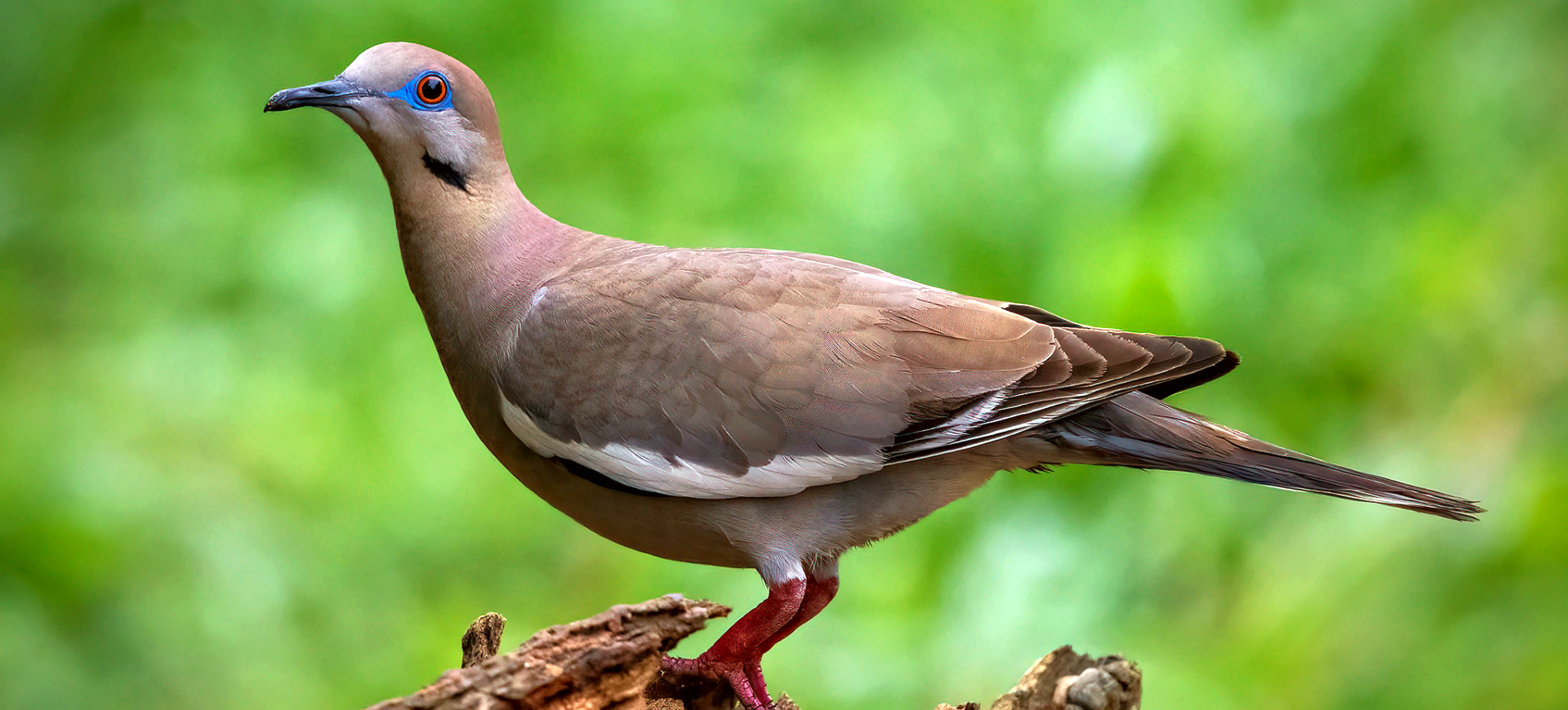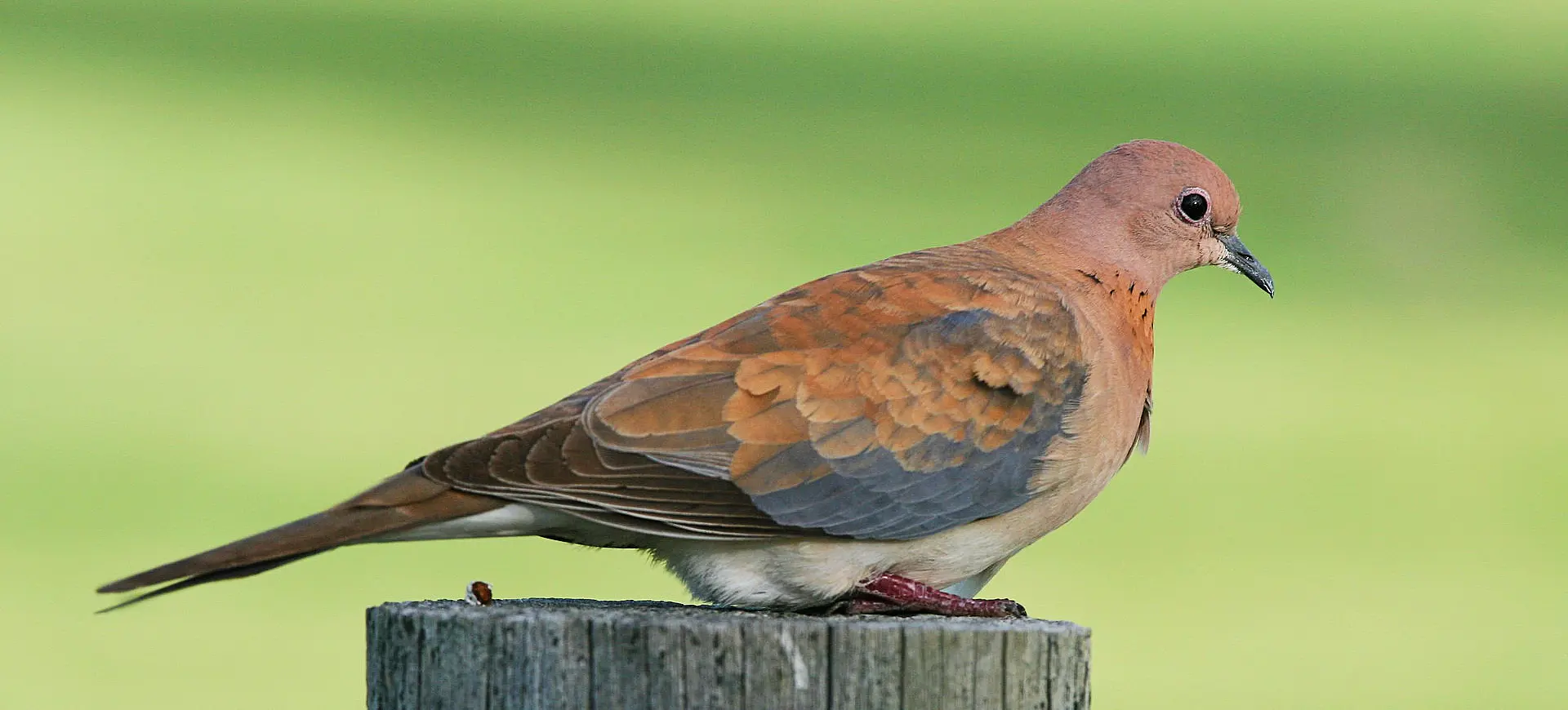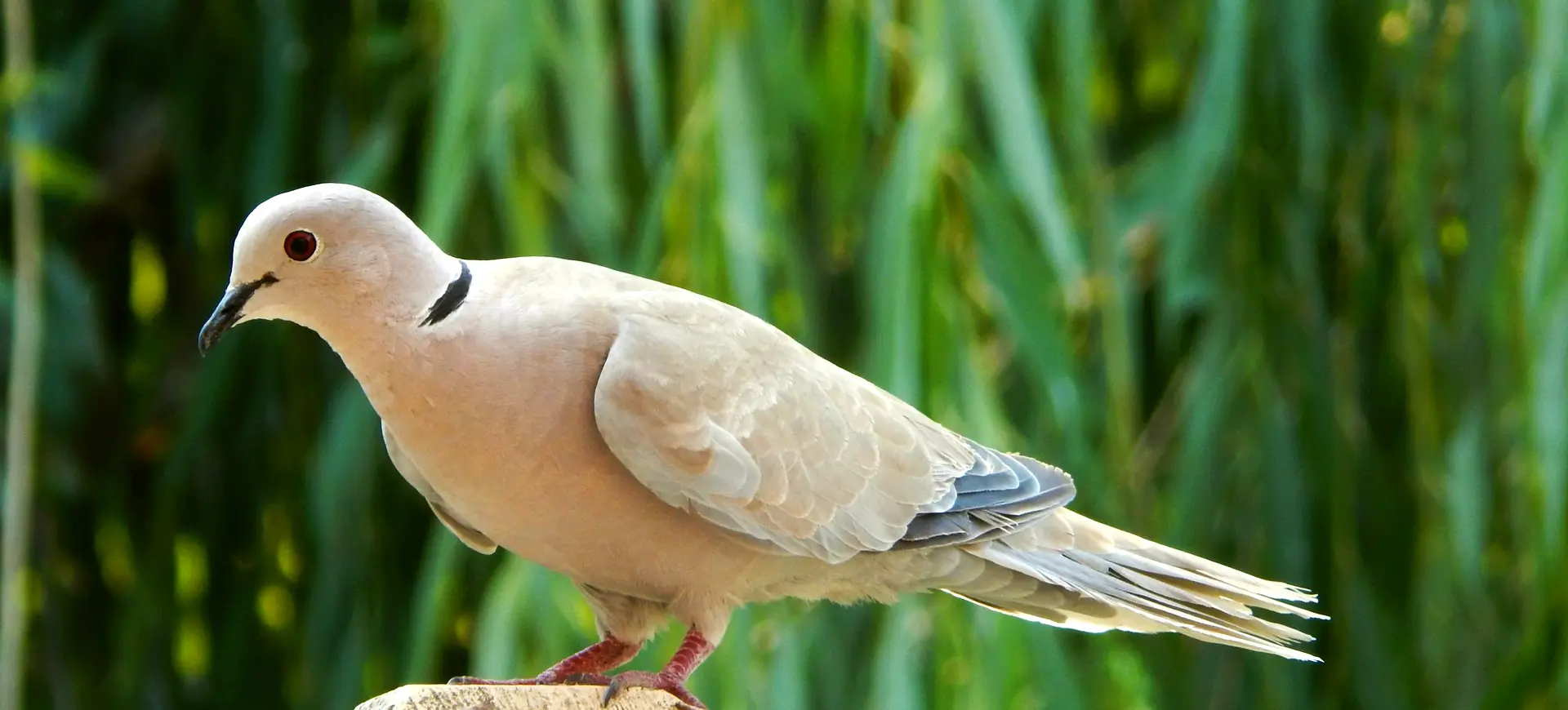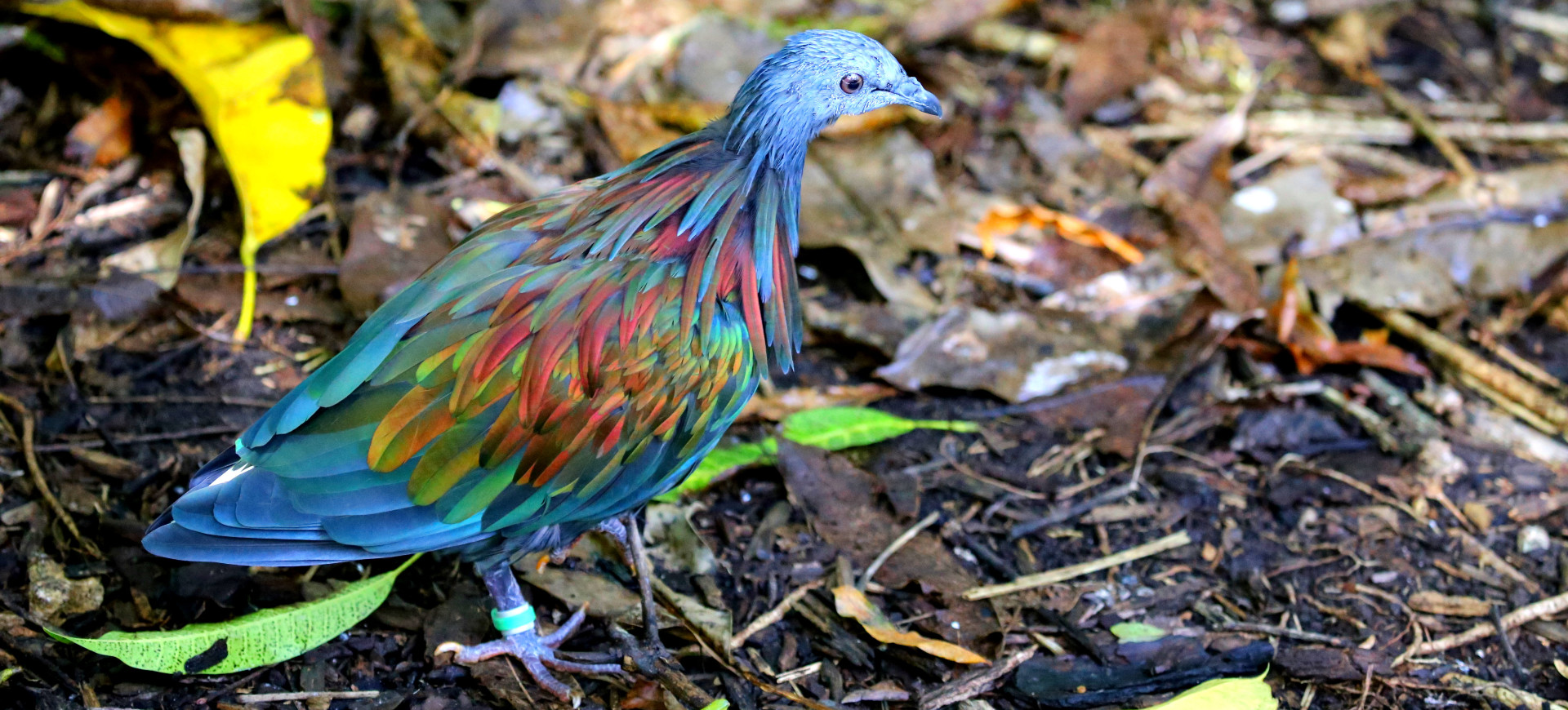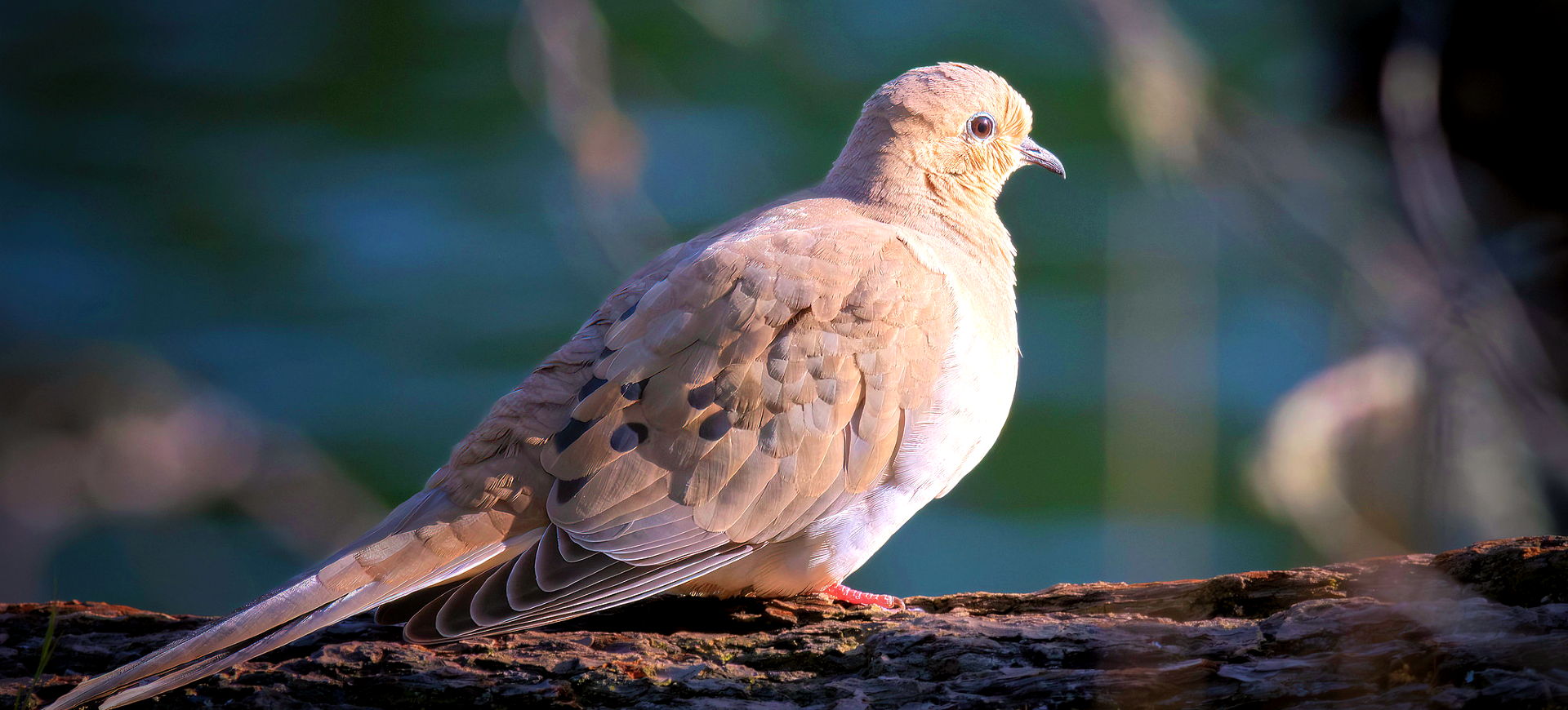Overview
The Victoria Crowned Pigeon, or Goura victoria, is an incredibly distinctive and striking bird native to New Guinea. As one of the largest and most beautiful pigeon species, it is best known for its elegant blue lace-like crest of feathers on its head, which ends in a series of white-tipped points, creating a regal “crown.”
Victoria Crowned Pigeons belong to the family Columbidae and are one of three unique species of crowned pigeons found in the world, the others being the Western Crowned Pigeon and the Southern Crowned Pigeon. These large, terrestrial pigeons stand out not just for their size but for their vibrant blue coloration and regal crest, a feature unique among pigeons.
These birds lead a relatively calm and sedentary lifestyle, mostly seen walking on the ground for food. They are known for their low, booming calls that echo through the forests, adding an ethereal charm to their natural habitats. With their striking appearance and captivating behaviors, the Victoria Crowned Pigeon truly lives up to its regal name.
Taxonomy
Kingdom
Phylum
Class
Order
Family
Genus
Species
Sub Species
Type
Physical Description:
The Victoria Crowned Pigeon is undeniably stunning and unique. It sports an overall blue-grey plumage, a deep maroon chest and a pale grey abdomen. The most remarkable feature of this bird is its large, fan-shaped crest made of lacy feathers, with each plume ending in a white tip.
The pigeon’s eyes are deep red, bordered by a black eye ring. The bird’s beak is black, and its legs are purplish-red. Despite their large size, Victoria Crowned Pigeons are known for their elegant and slow-paced walk.

Lifespan: Wild: ~25 years || Captivity: ~25 years

Weight: Male & Female: 5.5 - 7.7 lbs (2.5 - 3.5 kg)

Height: Male & Female: 29 - 30 in (73 - 75 cm)
Characteristic:
Native Habitat:
Victoria Crowned Pigeons are native to the lowland and swamp forests of northern New Guinea and surrounding islands. They are usually found in areas close to water bodies, and their range extends into mangrove forests near the coast.
These birds prefer dense forest cover, providing ample food and protection from predators. The lowland forests of New Guinea offer a rich supply of fruit, their primary food source. These terrestrial pigeons often walk on the forest floor, searching for fallen fruit.
Climate Zones:
Biomes:
Biogeographical Realms:
Countries:
Diet:
Diet & Feeding Habits:
Victoria Crowned Pigeons are primarily frugivores, meaning their diet mainly consists of fruits. They have a particular fondness for figs, a significant diet component. These birds spend much of their day foraging for food on the forest floor, walking around slowly and elegantly.
They use their strong beaks to pick up food from the ground and can consume large fruits whole. Besides fruits, Victoria Crowned Pigeons have also been known to eat seeds, insects, and small invertebrates, although these comprise a minor portion of their diet.
Mating Behavior:
Mating Description:
Victoria Crowned Pigeons have a fascinating and complex mating ritual. During the breeding season, males perform an elaborate courtship dance to attract females. This dance involves bowing, inflating the chest, and lifting the wings, followed by rhythmic bobbing up and down, emitting deep, resonant booming sounds.
Once the female accepts the male’s courtship, the pair mates and stays together, often for life. Females lay a single white egg that both parents incubate in a nest made from sticks and twigs. The incubation period lasts about a month, after which a squab (baby pigeon) is born. Both parents take turns feeding the squab with ‘crop milk,’ a nutrient-rich substance produced in their crops.
Reproduction Season:
Birth Type:
Pregnancy Duration:
Female Name:
Male Name:
Baby Name:
Social Structure Description:
Victoria Crowned Pigeons are usually found in pairs or small groups and are known for their monogamous nature. They have a complex social structure and communicate with various calls, including a distinctive low-pitched booming sound.
Groups:
Conservation Status:
Population Trend:
Victoria Crowned Pigeon populations are declining in the wild, primarily due to habitat destruction and hunting. Local populations consider them a delicacy, and their attractive plumage makes them targets for the pet trade. Deforestation and land conversion for agriculture also pose significant threats to their natural habitats.
These birds are quite popular in zoos and aviaries in captivity due to their unique appearance. They reproduce well under human care, which aids in educational and conservation initiatives. However, preserving their wild populations and habitats remains a critical concern for conservationists.
Population Threats:
The major threats to Victoria Crowned Pigeons are hunting and habitat loss. These birds are hunted for their meat and feathers, used for decoration. Furthermore, rapid deforestation and land conversion for agricultural use are resulting in the loss of their natural habitat.
These factors combined have led to a significant decline in the population of these birds. Despite being a protected species, enforcement of these protections is often weak, and illegal hunting continues to pose a threat.
Conservation Efforts:
Victoria Crowned Pigeons are protected by law, and hunting them is prohibited. However, enforcement of these protections is often insufficient. Some conservation efforts focus on community-based initiatives, including creating local ‘no hunting’ agreements.
In addition, captive breeding programs in zoos and aviaries worldwide help maintain a captive population and raise awareness of the threats facing this species. International trade in Victoria Crowned Pigeons is regulated by the Convention on International Trade in Endangered Species (CITES).
Additional Resources:
Fun Facts
- The Victoria Crowned Pigeon is named after Queen Victoria of England.
- They are one of the largest species of pigeon in the world.
- Unlike most birds, both male and female Victoria Crowned Pigeons take turns incubating their single egg.
- Victoria Crowned Pigeons communicate using a unique low-pitched booming sound.
- They spend most of their time walking on the ground despite being birds.
- Their diet is primarily made up of fruits, especially figs.
- These birds mate for life, and both parents take care of the young.
- The regal crest on their head is made up of lacy feathers with white tips.
- Victoria Crowned Pigeons are popular in zoos due to their striking appearance.
- They are native to New Guinea and can be found in a variety of habitats, including rainforests, swamps, and mangroves.




